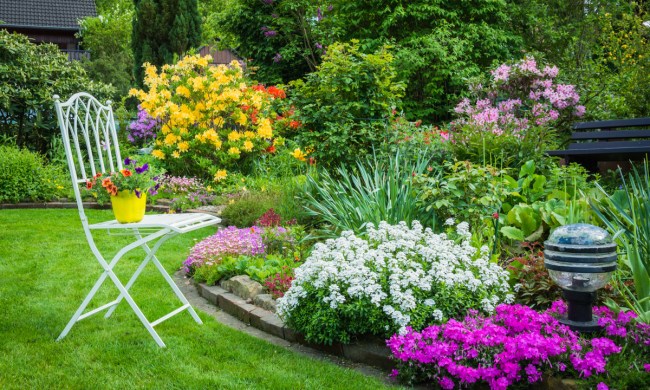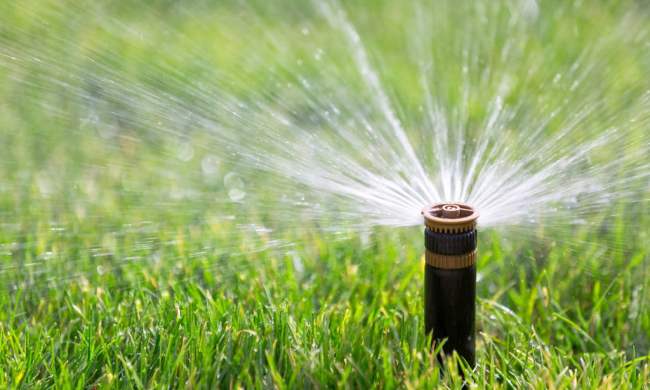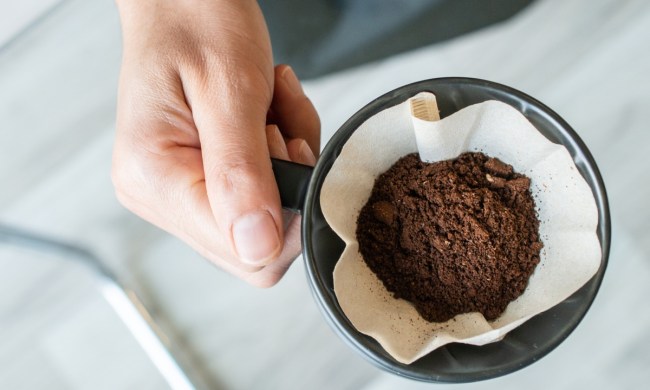Is your lawn starting to look a bit sad? When your grass starts to die, thin out, or turn yellow in certain spots around your lawn, it can understandably be a major disappointment. There are a few ways to address an unhealthy lawn, though, and laying sod may be a good option for you. However, the process of laying sod can be a vigorous one, so people often wonder, do you really have to pull up those old patches of grass, or could you take a shortcut? Can you lay sod over existing grass?
There’s little that gives a homeowner more pride than having a pristine and well-manicured lawn. Thick, luscious grass certainly adds to your home’s curb appeal, and it definitely enhances your time outdoors with the family. That's why laying sod the right way is so important. Let's talk about what sod is, how it works, and the proper way to lay it so you can enjoy your new grass for a long time.
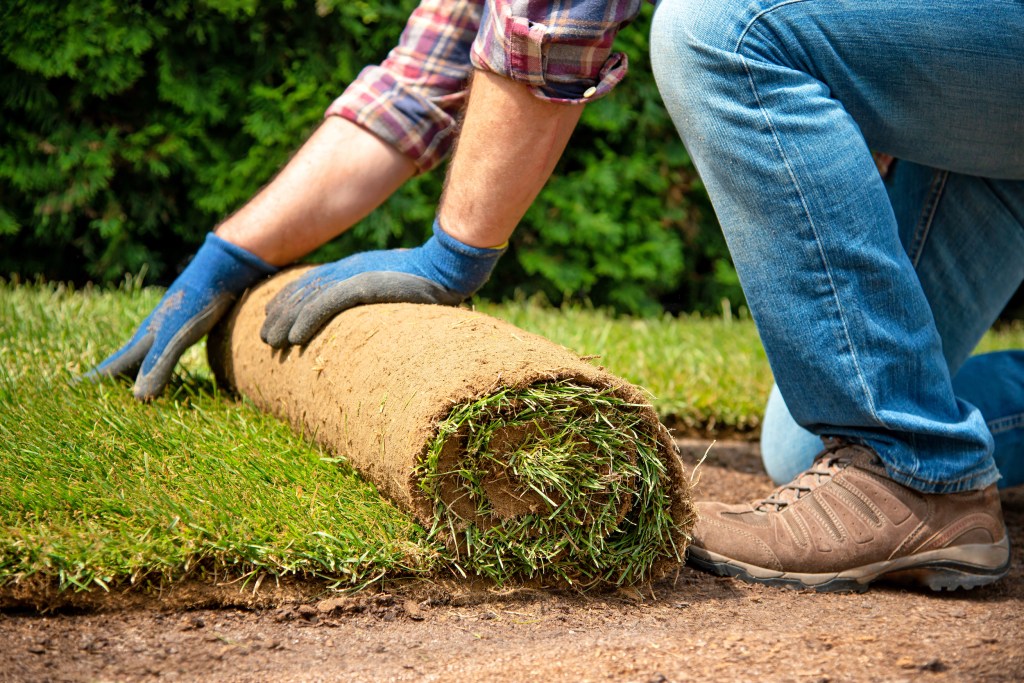
What is sod and how does it work?
Sod is a manufactured layer of grass and soil held together by its root system. These rolls of grass are typically grown on special farms where the grass is cultivated and nurtured to create a dense, healthy turf. Laying sod is a common method used to establish a new lawn fast or repair damaged areas of existing lawns more quickly than reseeding.
The process of laying sod involves preparing the soil and rolling out the sod over the desired area. The rolls of sod are usually placed side by side in their rectangular shape to ensure a seamless appearance.
Over time, the roots of the sod will penetrate the existing soil, anchoring it firmly in place. With proper care, the sod will continue to grow and develop into a lush and healthy lawn.
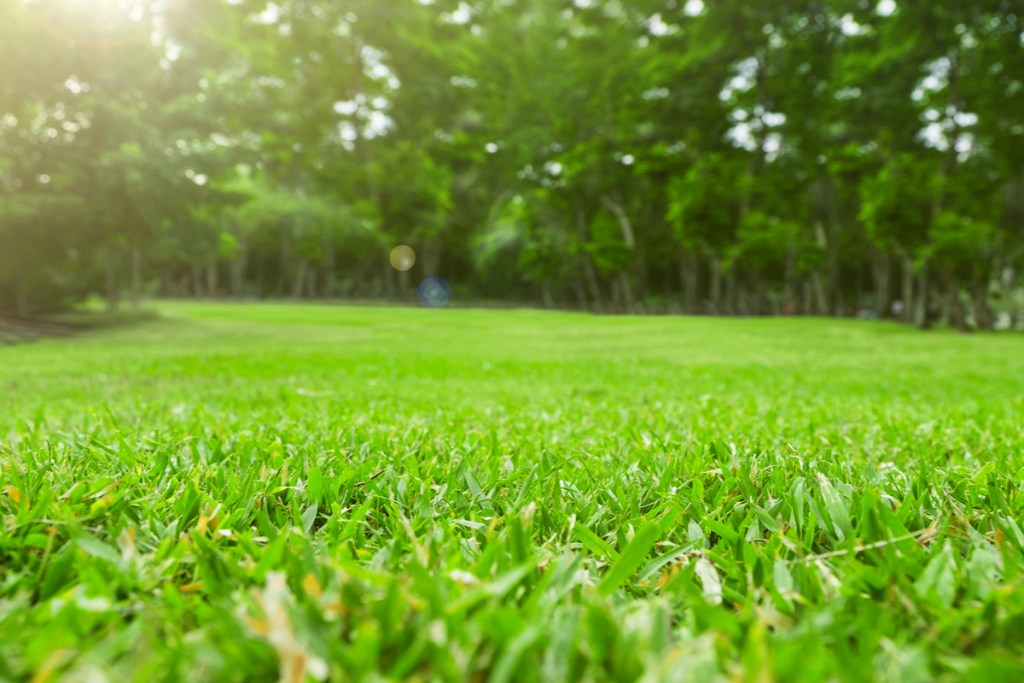
Why shouldn't you lay sod over existing grass?
In order for sod to flourish, it needs to establish a root system, and it needs proper nutrients. The best way to get what it needs is for the sod to be laid flush against the soil. This allows the roots to be well established and nutrients to be soaked up through them. Is it so bad, though, to lay sod over your grass? The answer is yes, and here’s why.
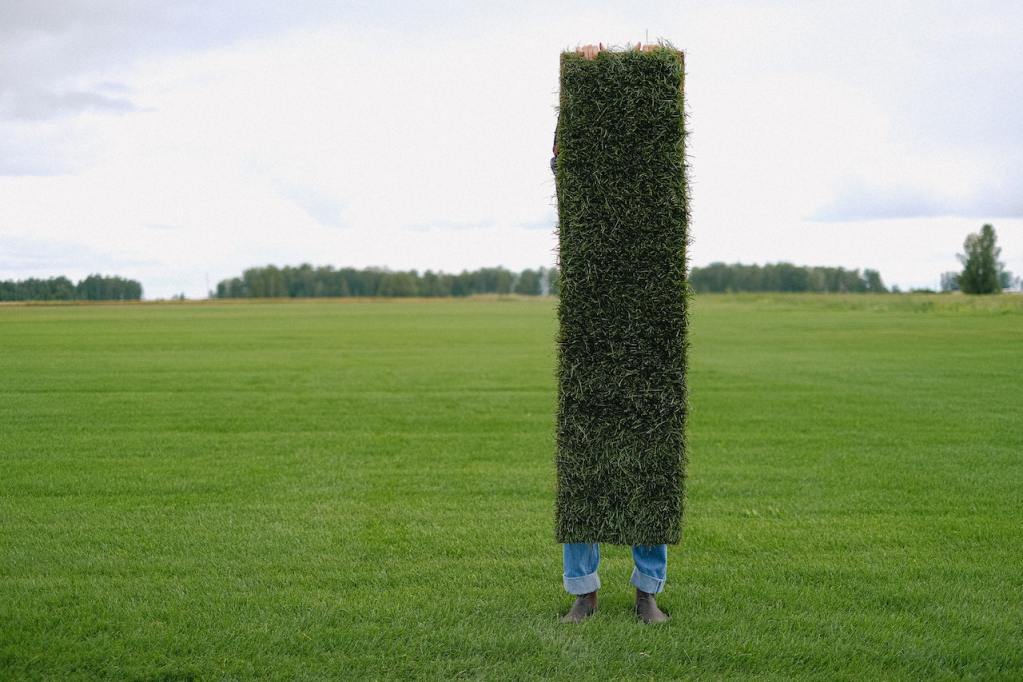
The sod will struggle to take root
If sod is laid over existing grass, the roots will have to work hard to get to the soil, and they may be unsuccessful. Then, you’ll see your brand new sod start to yellow and die within just a few weeks. You’ll eventually have to not only replace your new sod, but you’ll also have to pull up the old grass, which will be a slimy, decomposing nightmare underneath.
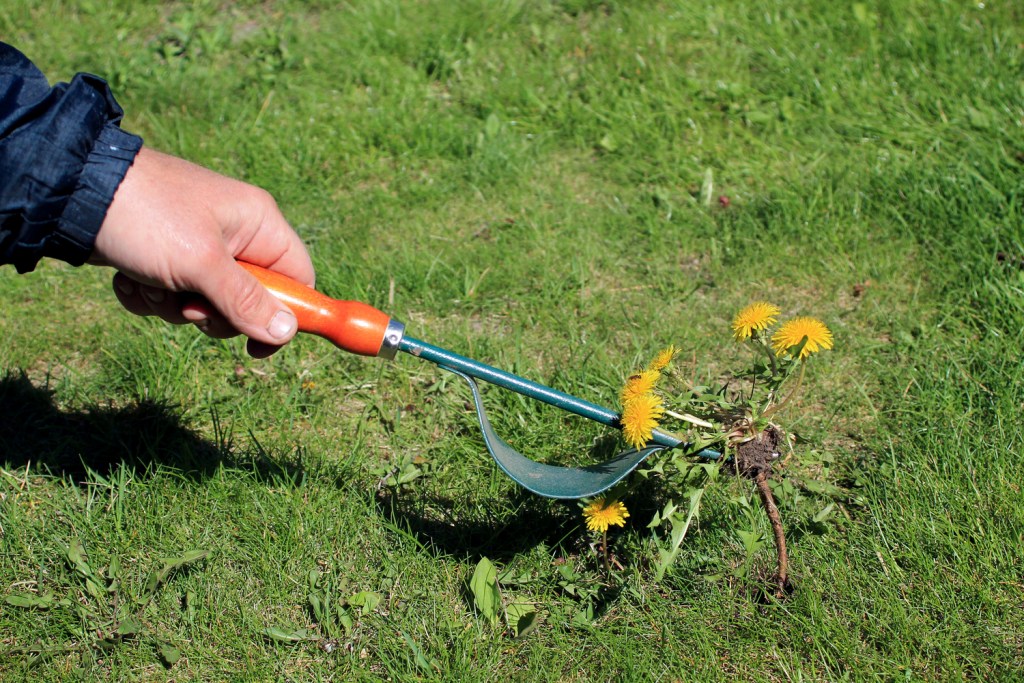
Old weeds may resurface
When you lay sod over grass, the grass will eventually die and decompose, but weeds are extremely resilient. They will likely survive being covered, and they’ll pop up throughout your brand new sod. If you skip the process of tearing up the existing grass and weeds, you’ll end up needing to eventually pull up weeds after the sod is laid and possibly damage your expensive sod.
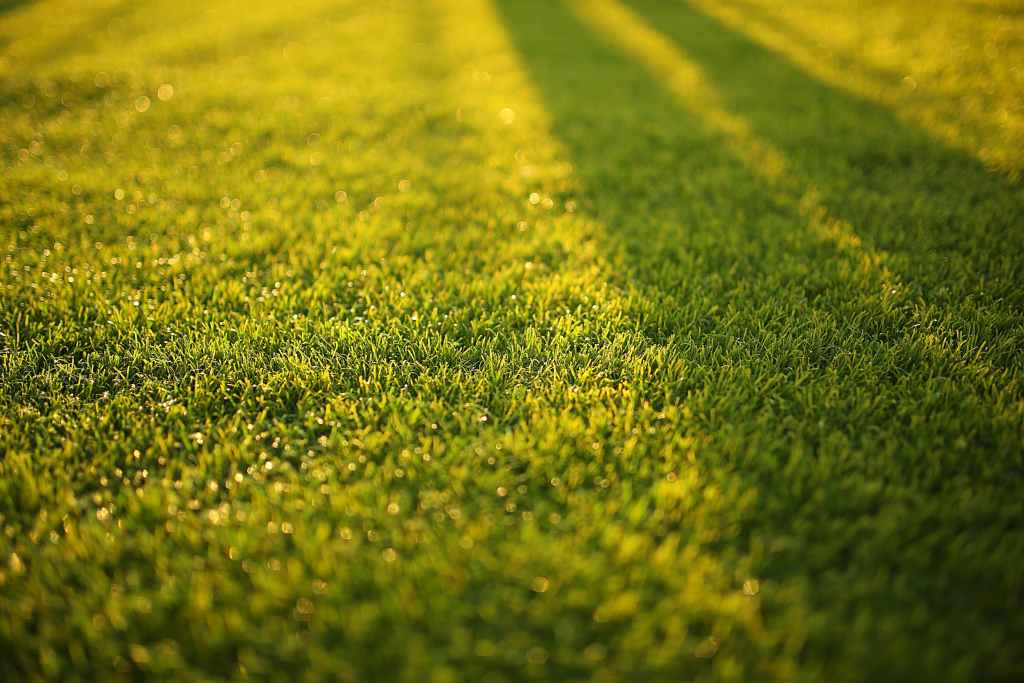
Your new sod won’t look as good
Laying new sod over existing grass, particularly if you’re only laying sod in certain areas, doesn’t look as great as properly laid sod. If you lay your sod over grass, even if it survives, it will have a greater height than the rest of your lawn and will result in an uneven and choppy appearance.
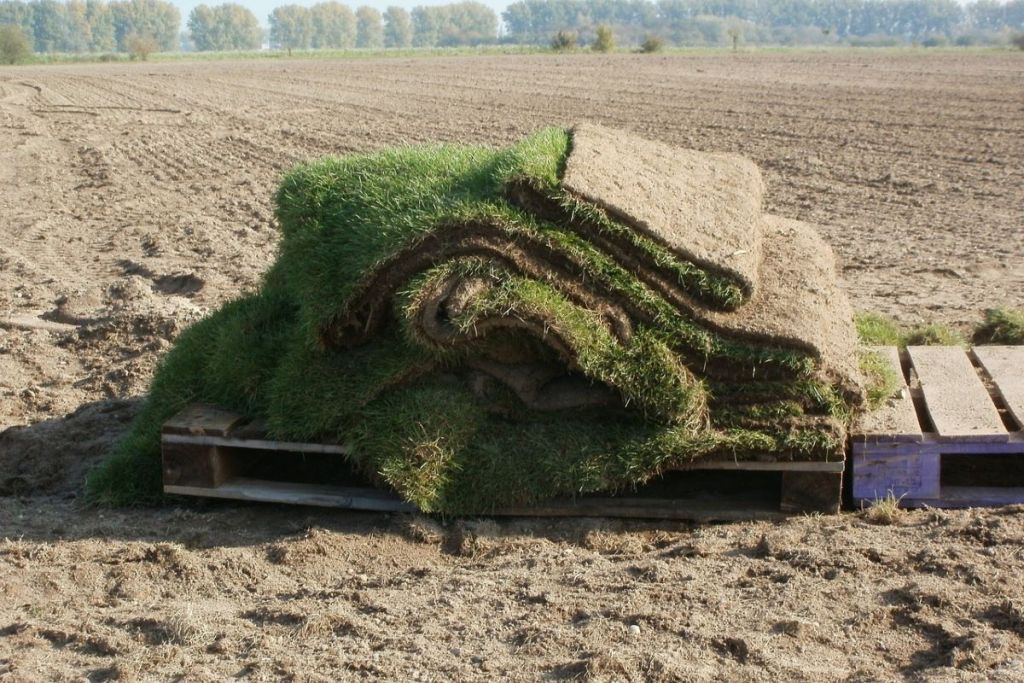
How to remove the existing grass
Now that you’re well aware of the problems with laying sod over existing grass let’s talk about how to lay sod properly. Taking these steps will help your new sod flourish, and you’ll be sure to revive the pristine appearance of your lawn.
Step 1: Remove the existing grass by using a rototiller and a rake if the old grass is thin enough.
Step 2: If the old grass is thicker or you're replacing a large section of lawn, use a sod cutter to pull the old grass up in strips. This will make it easier to manage the large volume of debris.
Step 3: Remove about an inch of the old soil from the area you've cut the old grass from so that your new sod is level with the rest of the lawn.
Step 4: Rake up any debris left behind in the section you've removed the grass from.
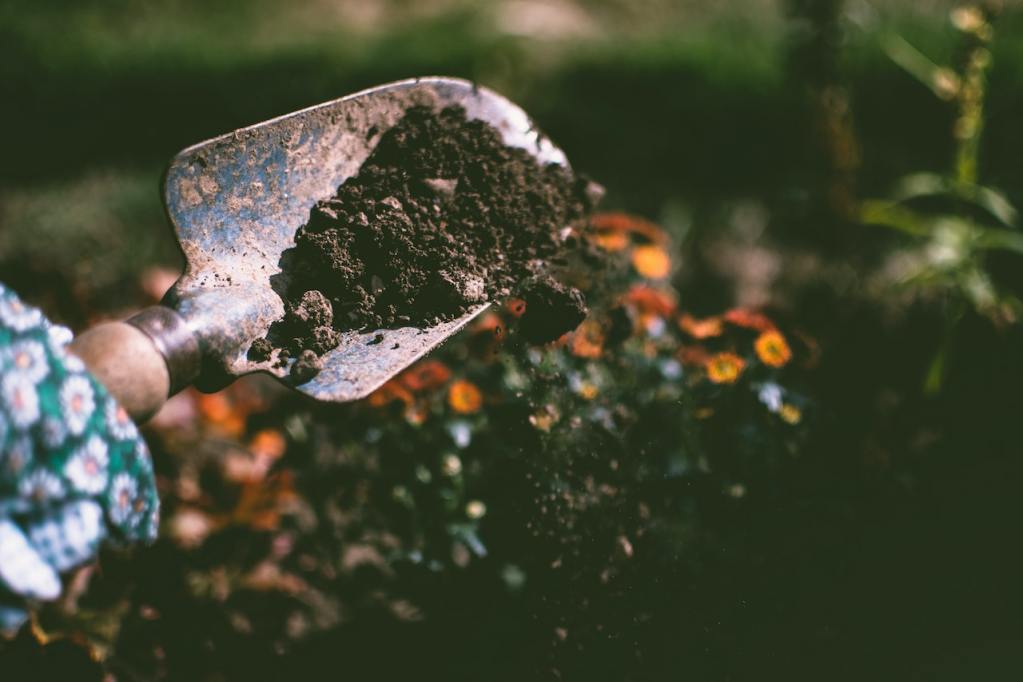
How to prep your soil before laying new sod
Step 1: Till the remaining soil to loosen it up and break up the solid chunks. Loose soil will make it easier for the sod’s roots to become established.
Step 2: Rake the soil as well, and make the surface is even so that your sod will appear flat with no uneven spots.
Step 3: Sprinkle a thin layer of topsoil onto the soil for some added nutrients.
Step 4: Water the soil lightly to dampen it before laying your sod.
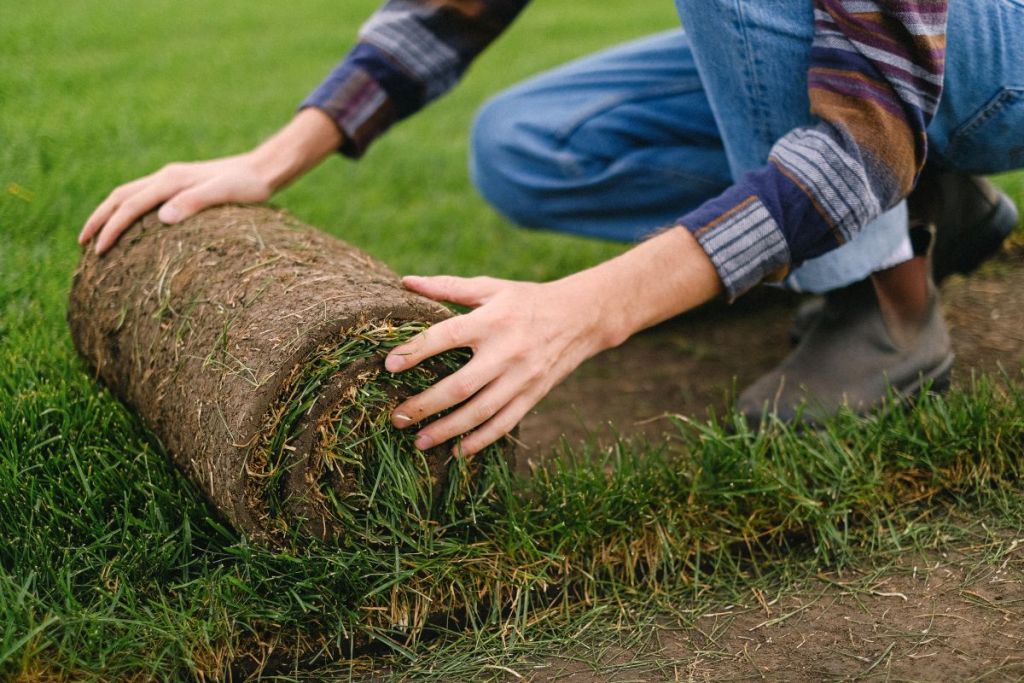
How to lay sod
Step 1: Start flush against the edge of your existing grass and roll out your sod onto the prepared soil in sections. If you have a sloping lawn, you’ll want to lay the sod horizontally on the slope for better water retention.
Step 2: Ensure the strip of sod has full contact with the soil and then lay the next section flush against the first one with no gaps between the strips.
Step 3: Continue laying strips in the same fashion until you’ve covered the entire section of soil.
Step 4: Use a sharp tool to trim any remaining sod so that you have no overlapping sections.

After you lay the sod
Water the newly laid sod a couple of times a day for two to six weeks (or until the sod takes root). Try to avoid stepping on or frequently using your yard for up to four weeks after laying the sod. This will protect the newly forming roots and allow them to take hold of the soil adequately.
Having a beautiful lawn is certainly the dream, and it’s actually an attainable one. Even if your lawn is looking drab or discolored, you can simply replace it with new sod by putting in a bit of time and effort. With laying sod, it’s always best to do it right the first time and avoid cutting corners. While laying sod over your existing dead or discolored grass may seem like an innocent shortcut, it’s actually one that will cost you more time, energy, and money in the long run.


